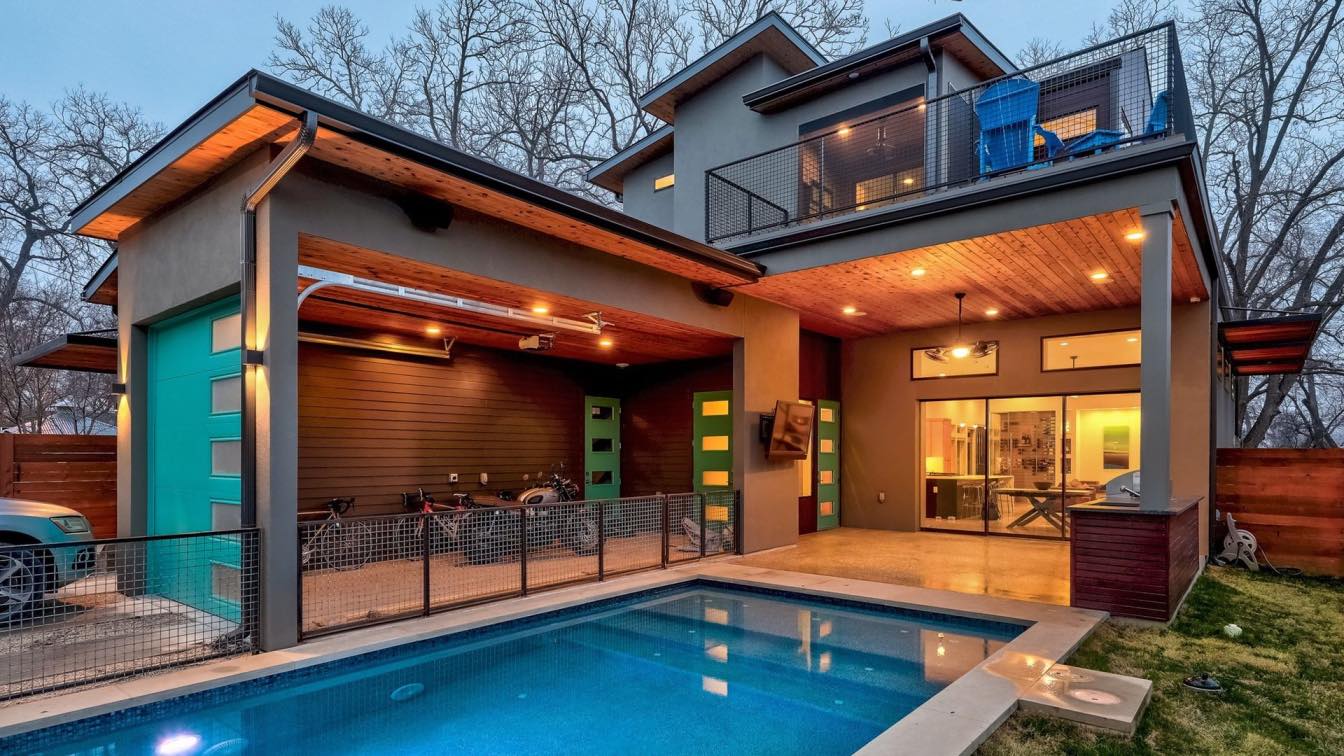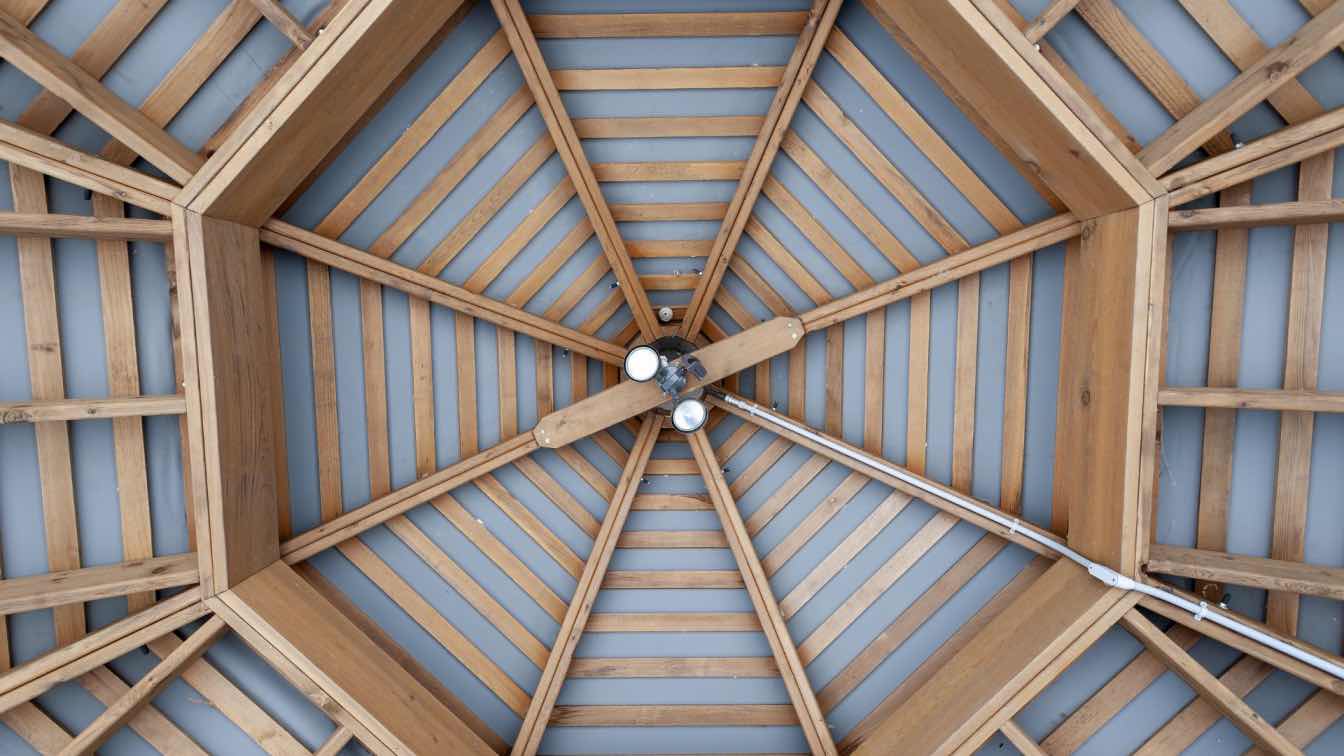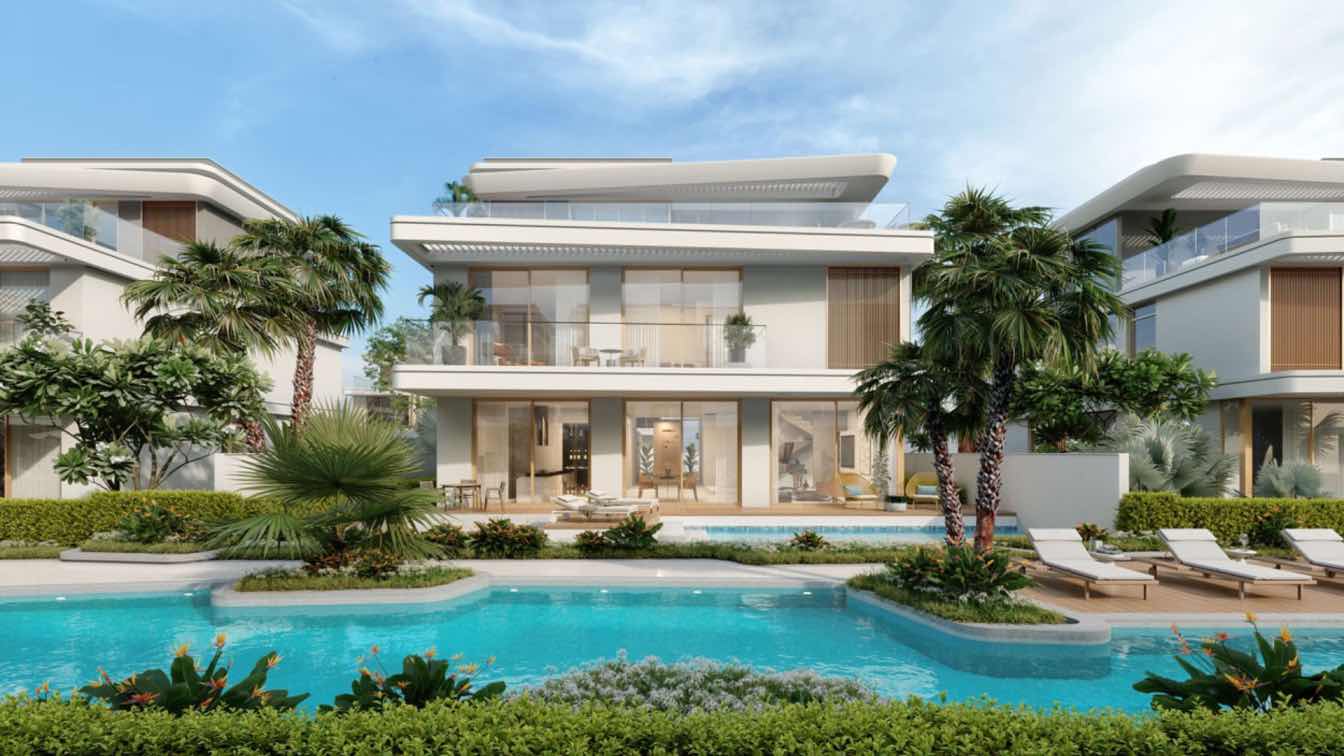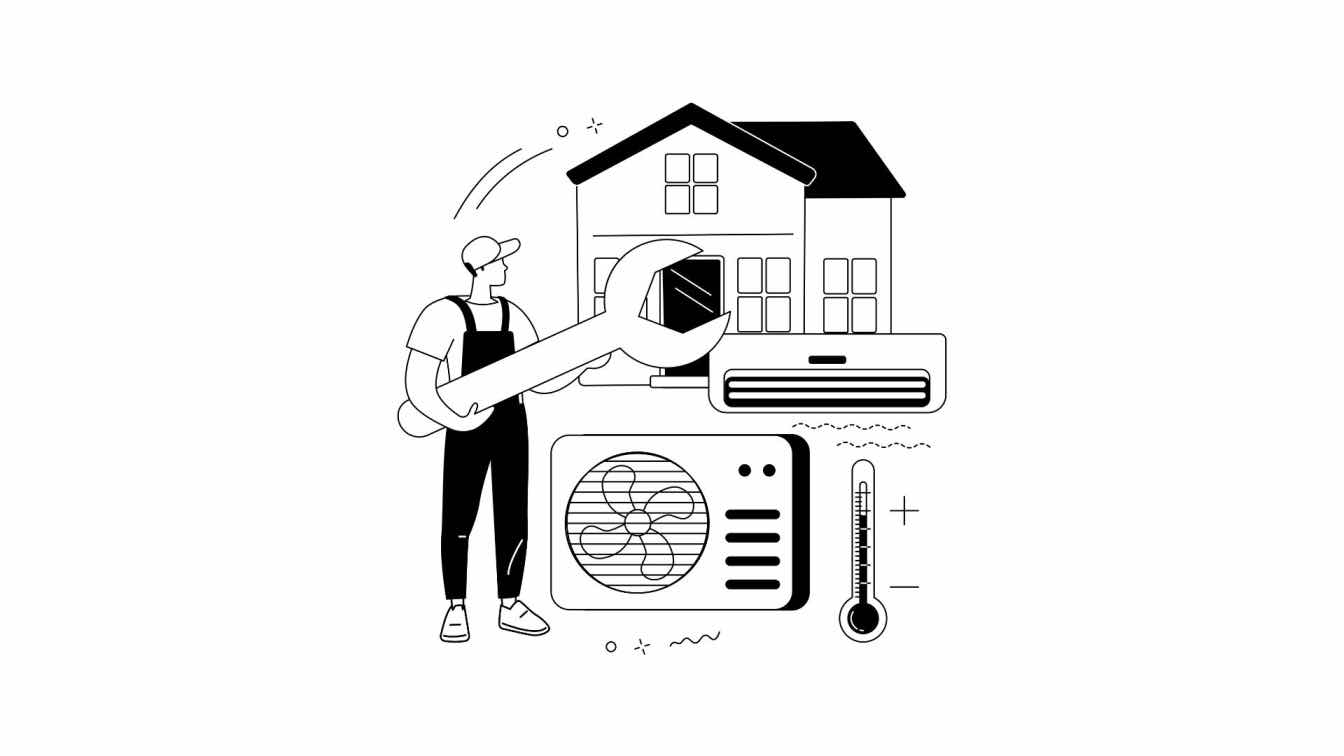A custom home is a demanding prospect simply because not only does it cost quite a bit more than your regular suburban house, it often has unique, specialty components that need to be built from scratch. A custom home is an architectural statement of someone’s creativity and preferences and it is a real passion project in most cases. Here are some essential tips for building a custom home and making a brilliant job of it.
1. Making The Land Ready
Custom homes start off as being raw pieces of land often overlooking a river or a mountain and the terrain is a huge concern. Having a custom builder or appraiser can help you determine how much it would cost to make a piece of land ready such as removing rocks, or transporting dirt to fill under the foundations. In certain more remote locations, it will cost more to get a sewer line hookup or to connect to the grid. These extra substantial costs need to be considered before you set out to build your custom home.
Many locations are not just costly to make ready because of rocks but also other natural elements like an abundance of shrubbery, trees, weeds, steep slopes, or even uneven soil distribution that can cave the ground in from some areas. With more problematic locations, a lot of licenses need to be obtained before a custom home can be built.
2. Limits To Customization
You may have envisioned a certain type of custom home such as one with a fence, several chimneys, or a third storey but certain governmental or municipal restrictions may prevent design alterations. Before you set your heart on a neighborhood or a site, double-check if the local authorities allow the design concepts you are trying to bring to life. If you cannot have most of the customization you desire in your home, it might not be worth the high price tag. A lack of awareness regarding the restrictions can lead to a costly lawsuit later on.
3. The Dream List
Structural changes are difficult to do once the main house is ready so you need to be clear on all the design additions you want right in the beginning. Swimming pools, game rooms, a renaissance-style living room, it all needs to be in your planning in paper form so it is easier to implement. In some cases, you will need to improvise either because of budget, weather concerns, or other factors that impede a certain design element from being sustainable, and custom home builders are best equipped to guide you on what to incorporate and what to avoid.
Not only should you have a comprehensive concept layout for the whole house, but you should also write down a ‘must-have’ list that has all the design elements you simply cannot do without such as a sunroom or sauna or a basement home theatre. Even seemingly small considerations such as the part of the house that gets the most sun will become overwhelmingly important once you start living on the property.
4. Find An Architect And Designer That Understand You
Having a rapport with your architect and also your designer makes the process of building a custom home more effective in terms of progress and results. If you find you can speak freely to your architect and designer, they will in turn articulate your vision more easily on paper. Building a custom home is like a chain from one professional to another, from your architect and designers to your contractors, sub-contractors, and individual expert builders like a commercial roofer or carpenter. Prioritize good communication and individual personalities and work ethics and you will be one step closer to having the custom home of your dreams.
5. Monitoring Costs & Budgeting
Costs are a huge part of building a custom home because they are ever escalating whether due to inflation, a rise in import duties or wage rates, or simply due to the various design additions that need to be made at every turn. While a good custom builder can present you with a close approximate, a classic rookie mistake is to assume that that figure will remain static as the build carries on. The figure will generally increase by quite a lot by the time you are close to finishing the build.
Various permits will cost fees as will expert inspections so always make an allowance for those expenses in your overall custom home ledger. Maintaining various spreadsheets to keep track of wage payments, order payments for materials and other miscellaneous costs such as commercial roof replacement can help you manage the day-to-day expenses of sustaining a build.
6. Use Vision Boards
Vision boards which are the mood boards of the custom building world offer wonderful clarity of purpose when it comes to layout, colors, textures, materials, and every other type of design reference you can think of. Use vision boards abundantly when you are consolidating your vision as they are often an indication of what doesn’t work as much as the opposite. Not to mention they can be a reference point for shades and materials you would otherwise have trouble keeping track of.
7. A Glimpse Into The Future
A lot of people who build custom homes forget about the needs and practical requirements of the future. They might get entangled in recreating styles inside the home that are fashionable for the moment with long-term consequences. As a homeowner, make a point of thinking about the next 15 to 30 years of your life.
If you have children they may have moved away, if you have elderly parents, they might be living with you and your design preferences may also change with time. Although custom homes are all about unique elements and following one’s heart and straying from the norm, they are still houses that need to fulfill daily requirements. Bear the future in mind when deciding on the layout so you don’t have regrets about an unchangeable structural element.





